Commodity Investing: Maximizing Returns Through Fundamental Analysis
$20.00
| Author(s) | , , , |
|---|---|
| Pages |
304 |
| Format |
|
| Publication Year |
2008 |
Commodity Investing balances academic-quality analysis with clear, compelling prose, and provides those interested in this fast-growing field with unparalleled investment insights. Page by page, you’ll acquire a deeper understanding of this discipline and discover how to make more informed decisions when investing in such a dynamic environment. With this book as your guide, you’ll benefit from the lessons of experienced practitioners and quickly come to grips with what it takes to make it in today’s commodity market.
Introduction:
The purpose of this book is to provide those who would approach commodities from an investment perspective with information, tools, and modes of thinking that will inform their analyses. We do not take the position that commodities are going Up! Up! Up! nor do we take the position that they are going Down! Down! Down! Rather, we hope that upon completion readers will have a base of knowledge that will allow them to analyze specific commodity investments and strategies according to their individual characteristics and their own times.
Undoubtedly, there will be opportunities to profit in the commodity markets for those who have the requisite skills. That being said, it is fair to say that the authors of this work are skeptical that the current rush to passive, long-only commodity investments will yield the intended results. The selection of commodities as a major investment theme is relatively new. Of course, commodities have been around for a long time, but the notion that an investor or pension fund would allocate a substantial portion of an investment portfolio to plain old commodities such as coffee is recent. Because of this, the investment industry is still learning.
There is a shortage of trained commodity analysts, and there is a shortage of good books on the subject of commodity investing. It is our goal to make this book an addition to the short shelf of good ones.
Contents:
- Basics
- Understanding Energy
- Understanding Grains and Oilseeds
- Understanding Livestock
- Understanding Industrial Metals
- Understanding the Softs
- How to Invest
Commodity Investing: Maximizing Returns Through Fundamental Analysis By Adam Dunsby, John Eckstein, Jess Gaspar, Sarah Mulholland pdf
8 reviews for Commodity Investing: Maximizing Returns Through Fundamental Analysis
Clear filtersOnly logged in customers who have purchased this product may leave a review.

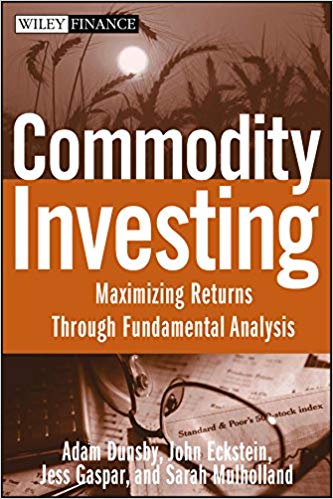
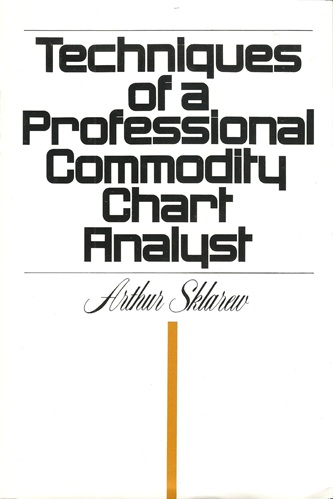
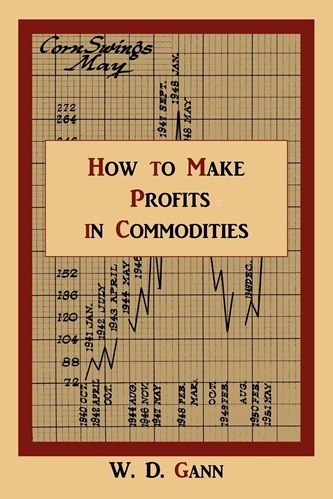
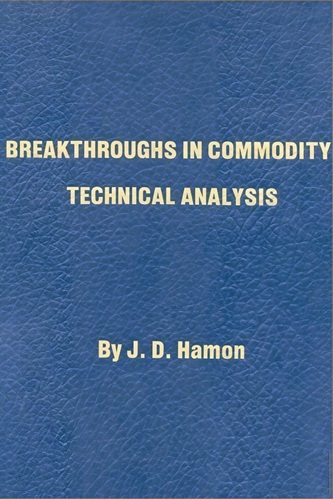
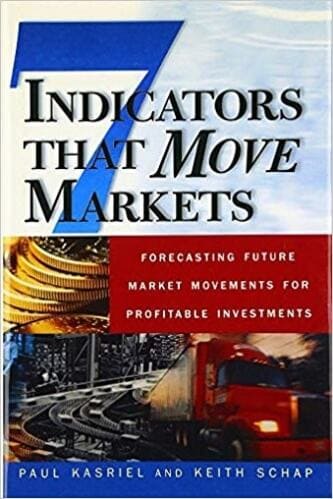
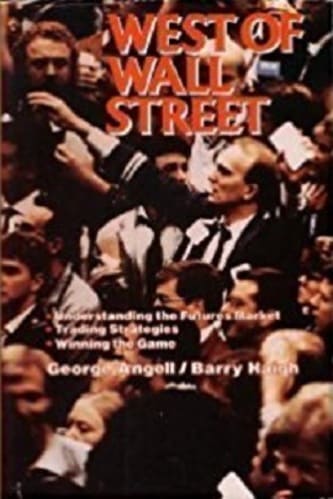
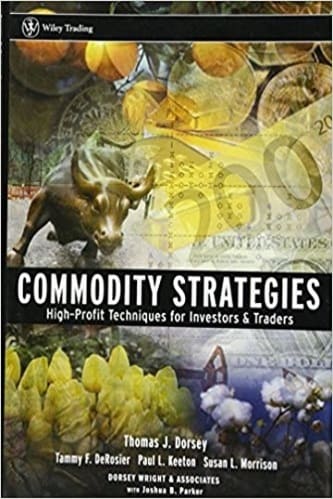
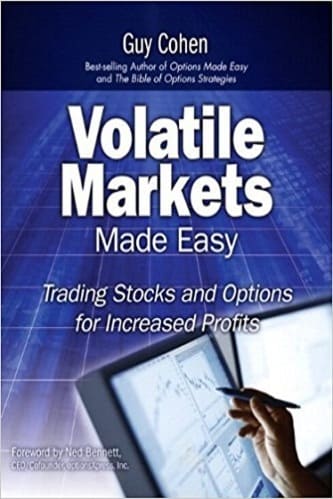
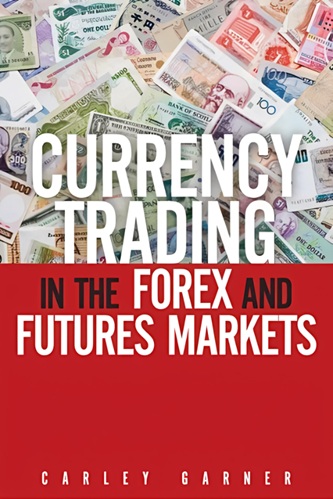
Jaxon Roman (verified owner) –
This book is well written and easy to read, cover to cover. I wouldn’t recommend it as a first book on commodities as it discusses some topics assuming a certain level of knowledge. In addition it is relatively dismissive of technical analysis which somebody new to the area should spend some time to understand.
The book covers a wide set of commodities from crops through to precious metals and energy. The description of each commodity goes into just enough detail to explain the basics whilst giving links to further sources of information. If reading the book cover to cover these sections can get a bit dull as certain bits of information are repeated when discussing similar commodities. However, as a book to dip into for information on a specific commodity it is great.
The other main advantage of the book is the detailed description of how the difference in spot and futures pricing affects investments. This is something that is handled very well and is absolutely crucial to understand. The only thing I would have liked to see more on is a fuller analysis of Exchange Traded Funds which are mentioned but not in detail.
Generally a good book and one that will stay on the shelf as a source of reference.
Astrid Anthony (verified owner) –
Overall, the book does a good job of describing the commodity markets from a fundamentals viewpoint, and geared towards an American investor. For each major commodity, the basics of how that commodity is produced, who [in terms of nations] produces it, and who [in terms of nations] are the main consumers. There is very little done at the level of actual firms involved in trading that commodity. This is probably a deliberate choice when writing. The point is not to offer ‘tips’ about specific firms, but to step back and take a broader view.
If you are going to invest in a given commodity and know little about it, the relevant chapter in the book is a nice start to educating yourself.
The chapter on natural gas is already outdated. Presumably it was written around 2008. A table is presented (p. 84) about US natural gas reserves, from data in 2004. But in just the past few years, massive new supplies have been found in the US. With an expected huge impact on the prices in coming years. Even in 2008, this was already apparent.
Emmie Gallagher (verified owner) –
I bought this book because most of the ones I found online seemed to lack credibility, with titles like “How to Double Your Money Overnight in Commodities!”. This one seemed more legit and professional, and the table of contents looked good. I figured I was paying for quality. Don’t make the same mistake I did. I am generously giving this book three stars (would’ve been 2.5 if it was available) because I found the chapter toward the end about developing a trading system to be moderately useful.
The main problem is that this book does not explain really any of the basics about futures contracts and how to trade them. Anyone who has checked out the commodities section of the Wall Street Journal knows each commodity has a number of different contacts due in different months, and the WSJ shows statistics for each such as “open interest”, among others, for each contract. This book does not enlighten the reader at all with regard to understanding/choosing between these contracts. I am someone with a good deal of general fluency in finance. I can only assume the writers intended the book for people with full familiarity with how commodities trading is done. Their approach is more high-level and broad, almost academic actually.
The sections on individual commodities provide some interesting information on their actual production. However, the discussion of price behavior is limited to a very broad and very brief overview of each one’s pricing over the entire 1900’s and beyond, with maybe one chart each. How one might benefit from seasonal fluctuations was not addressed. Overall I was very disappointed with this purchase. I rarely post reviews on sacredtraders, but I thought I needed to share on this one. As you might expect, I will need to purchase another book on this subject.
Shiloh Boyer (verified owner) –
It isn’t easy to write a book about investing in commodities—the topic can seem simple but can quickly become quite complex. The authors have done a very good job. My only criticism is that I would have liked to have seen more on ETFs and strategies for trading commodities (collars, swaps, etc). But it is probably best that the authors kept it simple enough to inform without causing confusion. It makes an excellent desk reference for someone wishing to learn more about commodities.
Madalynn Mitchell (verified owner) –
It’s a good fundamental primer on most of the products in the commodities markets, discussing the supply and demand characteristics of the underlying products. It doesn’t spend much time on trading or technical characteristics – the book is clearly aimed at introducing traders to the products they’re actually trading, to the extent traders find that necessary. Useful discussion of energy products, crack spreads, as well as ethanol and agricultural products.
However, its fairly obvious that the authors were torn between writing a more academic study of the markets versus something more accessible to layman traders not generally known for their perusal of Financial Analysts Journal. Still, it was a bit jarring to read paragraphs that had both academic citations and 7 word sentences. It was as if there was a bit of a war between making it as simple as possible and trying to include important previous work in the field.
Overall, its a helpful overview to understand what drives the fundamentals of each market. While trading clearly requires a combination of both fundamental and technical considerations, the fundamental side tends to be oversimplified to the extent that its a question of whether its the fundamentals or the perception of those fundamentals which matters. But that’s why you can’t ignore price.
Chaya Marquez (verified owner) –
This book is a well-written introduction. The authors state their biases; are explicit and up-front about what they omit; and, offer some information available in no other books. Overall, it is a great addition for quantitative practitioners, sharp MBA students, and PhD students seeking a market primer.
Some chapters are wonderful: concise while conveying the rich intricacies of a particular market. A unique benefit: the authors focus on data coherency. Issues which affect historical analysis (like contract redefinitions) are routinely mentioned. I’ve seen no other book that addresses such issues consistently.
Unfortunately, some chapters feel pro forma. Did one of the authors slack off on researching and writing? I don’t know, but the other chapters are good enough that the difference is noticeable. Also, while I respect the decision to omit some markets (such as gold), that denies the reader a complete perspective.
The tone is that of an academically-trained practitioner: perfect, in my opinion for those who are quantitatively aware (but might not be quants). I’d also suggest the CBOT Handbook and Kolb and Overdahl’s book on futures markets. For true quants, Geman’s book on commodities is also an excellent companion.
Malakai Pollard (verified owner) –
excellent book, the first book that really explains in deep each commodity for further understanding.
Karter Rocha (verified owner) –
The book presents a broad introductory overview on the key commodity markets.
There is very little in there that can’t be found easily on the Internet.
It is just a good entry point for those who don’t have a clue about commodities. If you are more advanced, this is not your book.